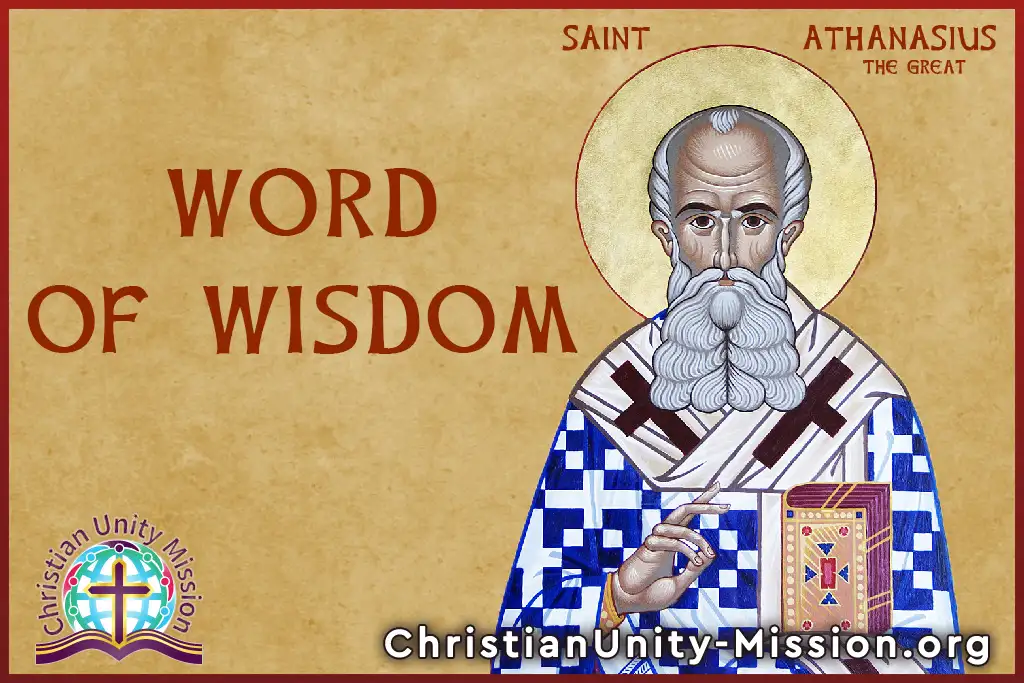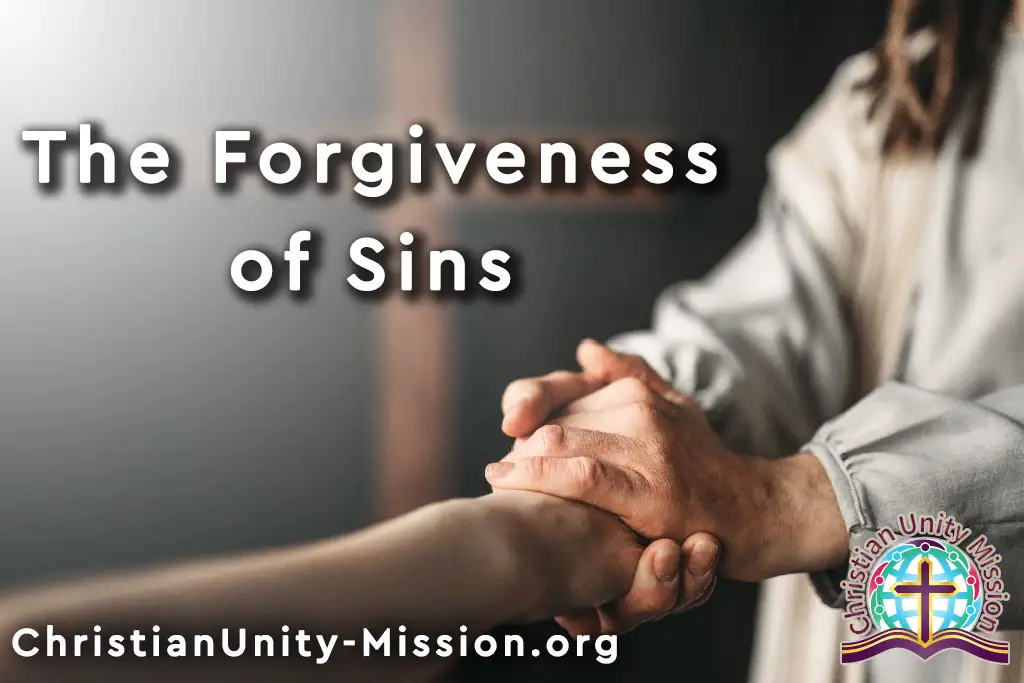
“Devils take great delight in fullness, and drunkenness and bodily comfort. Fasting possesses great power and it works glorious things. To fast is to banquet with angels.”

The theology of the Old Testament is based on the law and it sees everything from the perspective of the law. Therefore, sin was considered an act against the law and encroachment on it. So sin was punished according to what was determined by law. David the prophet sinned against the law when he seduced Uriah’s wife, and then killed her husband in the war so that he would not be exposed. This sin made him obliged to die by the law. But when Nathan, the prophet, confronted him with what had happened in secret, David said to Nathan, “I have sinned against the Lord.” At moment, Nathan replied, “The Lord also has put away your sin; you shall not die.” (2Samual12:13). When Nathan said to David, “you shall not die,” he talked about the death of the punishment of sin committed by David under the rules of the law. He also told him that, “the Lord has put away your sin,” which means that, God had passed over your sin in His forbearance. This statement is explained to us in Romans, chapter three, verse twenty-five “in His forbearance God had passed over the sins that were previously committed" (Romans3:25).
So the forgiveness of sin, in the Old Testament, was that God passes over the sins in His forbearance, and stops the punishment of death of the law, I.e., the obligation that the law requires on the guilty. As for the forgiveness of the New Testament in the blood of Jesus, it is the cleansing of sin that dwells in us “Now if I do what I will not to do, it is no longer I who do it, but sin that dwells in me.” (Romans 7:20). In the First Epistle of John, chapter one, verse seven, we read that the blood of Jesus cleanses us from sin, “and the blood of Jesus Christ His Son cleanses us from all sin.” (1john1:7). And again in the Epistle to the Hebrews, chapter one, verse three, we read that Jesus purged our sins, “who being the brightness of His glory and the express image of His person, and upholding all things by the word of His power, when He had by Himself purged our sins,” (Hebrews1:3).
St. Paul explains to us in the Epistle to the Romans, chapter six, verse six, the meaning of cleansing of sins and how this happens, saying, “knowing this, that our old man was crucified with Him, that the body of sin might be done away with, that we should no longer be slaves of sin. For he who has died has been freed from sin.” (Romans 6:6). The forgiveness of sin of the New Testament is the cleansing of sins by the execution of our old nature, which is infested with sins, being buried with Him, I.e., through baptism into death, that as Christ was raised from the dead, we also should walk in newness of life, “Therefore we were buried with Him through baptism into death, that just as Christ was raised from the dead by the glory of the Father, even so we also should walk in newness of life.” (Romans6:4). So the meaning of forgiveness of sins in the blood of Jesus is not just forgiving, but cleansing, healing, and liberation from sins, accompanied by the power of resurrection and the renewal of our old nature.
St. John in his First Epistle tells us that faith in the blood of Christ, which gives justification and salvation, must have strong and clear manifestations that tell of man’s acceptance of Christ’s salvation, and that is, the crucifixion of the old nature and the receipt of life and the new nature, which will invest in turn, the life of love and obedience to the will of the Gospel. “In this the children of God and the children of the devil are manifest: Whoever does not practice righteousness is not of God, nor is he who does not love his brother. For this is the message that you heard from the beginning, that we should love one another” (1John3:10-11).
With this proper understanding of the word of God, we realize that the victory of Christ over Satan by shedding His blood on the cross is an abolishment of the power of death and sin. Therefore, the forgiveness of Christ’s blood is the forgiveness of purification and the predominance over sin, not just pass over sin by God’s forbearance. The salvation of Christ’s blood has manifestations; we have become the children of God and love each other. But if the manifestations of love and the new nature are not present in our lives, this means we have not received the salvation of Christ yet.
Therefore, Christians who say they are washed by the blood of Christ should realize that washing with the blood of Christ means the death of the old nature that existed before the faith in Christ. St. Paul explained his own situation before his faith in Christ, in Romans chapter seven verse twenty-four, saying, “O wretched man that I am! Who will deliver me from this body of death?” So if sin still dwells in the inner depth of man, this means that he was not washed, nor cleansed by the forgiveness and purification of the blood of Jesus. They also did not realize that repentance according to the forgiveness of the blood of Christ means the renewal of the old nature and mind that bear fruit to a life of victory over sin. We have to examine our souls, are we still overcome by sin that still dwells in us or have we received the new nature and the authority of Christ’s salvation overcoming sin and purifying from it? “But thanks be to God, who gives us the victory through our Lord Jesus Christ.” (1Corinthians 15:57).